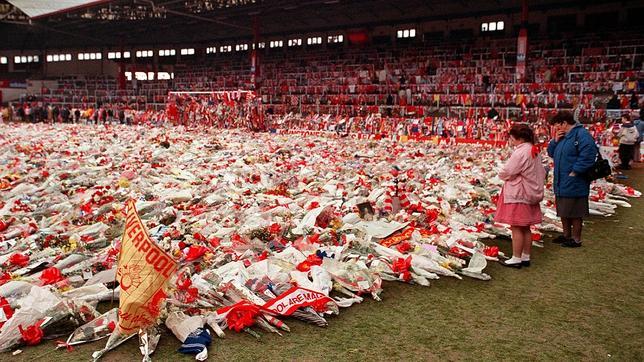One of the first reactions that occurred in the premier league on April 8, 2013, after the death of Margaret ThatcherPrime Minister of the United Kingdom from 1979 to 1990, was to ensure that players would not wear black armbands and that there wouldn’t be a minute of silence for fear of negative expressions, a harsh decision against the person who laid the foundations for the reconversion of English football, the one who kept hooliganism away from the stadiums and the one that perhaps saved it.
Loved by some and hated by others, Thatcher left an indelible mark on football, since it was she who marked the way to the birth of the current organization of the Premiertoday a world example, although he was also the one who kept the lower and middle classes away from the soccer fields. The profound problems were solved with radical decisionsno matter whom they might affect.
-Sporting successes, but also disasters in the stands
The richest period in the history of English football at club level, that which goes from the mid-1970s to the mid-1980s and in which Liverpool, Aston Villa and Nottingham Forest exchanged the European Cup from one showcase to anothercoincided with one of the most complicated stages at a social level in England, a situation that was transferred to its soccer fields where the so-called hooliganism arose, a complex social phenomenon.
After periods of war, low wages, unemployment and lack of opportunities worsened in that countrywhich led to the generation expressions against the systemsome of which moved to the soccer fields and their surroundings, where young people grew up in organizations whose sole purpose was to defend and encourage their club regardless of skin color, social status or whatever.
However, many times they did it violentlyoften brutalized by alcohol and an overflowing fanaticism for their clubs, or that generated catastrophic scenarios of which three especially marked English society and the world of football in general:
- Bradford fire in May 1985. Bradford City had just achieved promotion to the English Second Division when a fire broke out that destroyed part of Valley Parade and left 56 dead and left hundreds more injured.
- Heysel tragedy in May 1985. 18 days after the fire in Bradford, Liverpool and Juventus met in the European Cup Final, although the violent behavior of the English fans led to 39 Italian fans were suffocated after a stadium wall collapsed.
- Hillsborough tragedy in April 1989. Again Liverpool fans were involved, this time in a match against Nottingham Forest in the FA Cup Semifinals. There was no violence, but the overcrowding caused a fatal avalanche that left 97 dead.
-The measures that changed English football
thatcher he analyzed that he should give himself a strong shake to put an end to this problem, but to achieve it he did not delegate responsibilities to the clubsbut involved all the possible apparatuses of the society and governmentsupported by new regulations: the Football Spectators Act of 1989, which remains in effect today, and the Taylor Report which was presented only a year later.
The first focused on attacking hooliganism, while the second was aimed at modernizing the stadiums.with eleven points that stood out and that forced the clubs to modernize in all their areas, which would lead to the creation of the Premier League in 1992, two years after Thatcher’s departure from power.
- understand that it was a sociocultural problem and not exclusive to football.
- Laws to ward off the violent. The decision was made to keep the most problematic for life, not to let them enter the stadiums.
- Fines and punishments for all. The new regulations would not focus only on the violent or on soccer clubs; To exemplify, if the subway moved groups of rioters, the management company received a heavy fine.
- Specialized elite corps. Those in charge of monitoring these groups of hooligans would be focused on them, specialized in their behavior, behavior and knowledge of the members, which led to enlisting them in their entirety.
- Staff training. The 92 clubs that make up The Football Association (FA) educated their staff to be able to react to any complex situation. The intention was that the police gradually moved away from the stadiums.
- Unification of criteria. The security measures applied to all the stadiums, with exceptions to be analyzed such as the capacity of the property, access, infrastructure, among other elements.
- Price increase. Tickets to the stadiums were inaccessible for some fans, especially young people, who moved away from soccer for that reason.
- Use of technology. The followers are always recorded, in addition to knowing data such as photo, fingerprint, name and even address.
- know who they are. All the members of the animation groups were credentialed, in addition to inquiring if they had a criminal record.
- new stadiums. All the clubs modernized their stadiums and no one was allowed to stand. The fair number of tickets are sold, all of them numbered to know who bought it.
- state funding. Given the heavy cost involved in the reconstruction, the English administration granted loans to the clubs.
We would like to say thanks to the author of this article for this outstanding web content
How did England end hooligans? The 11 key points

